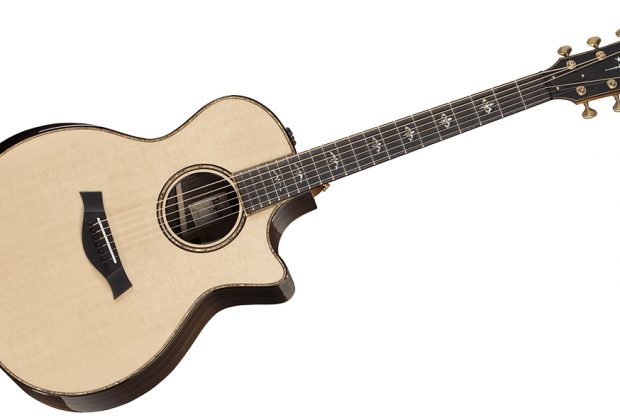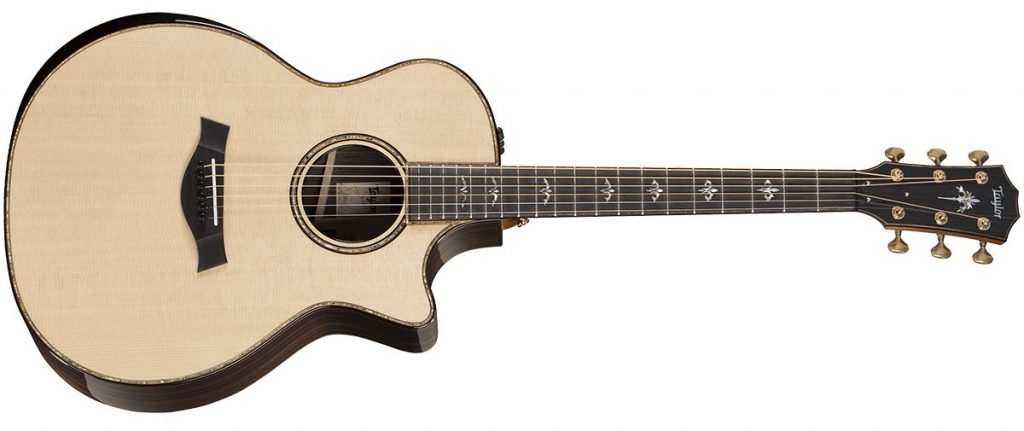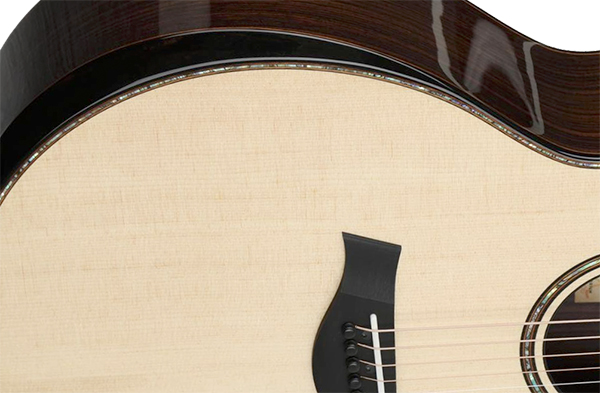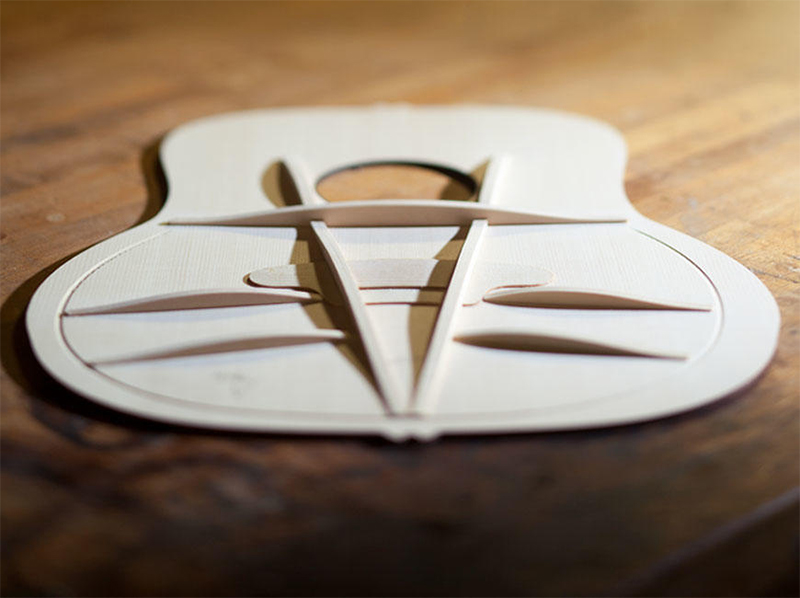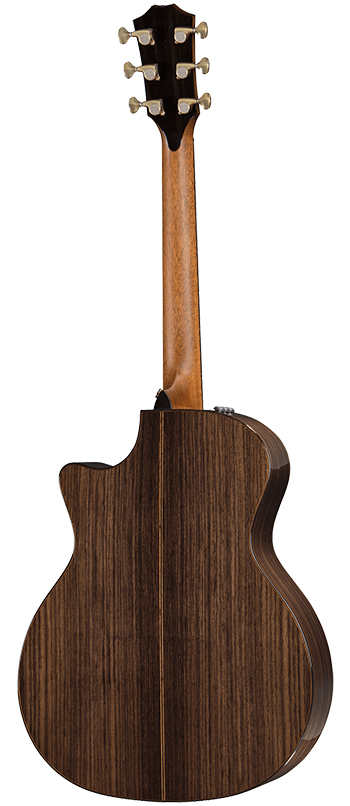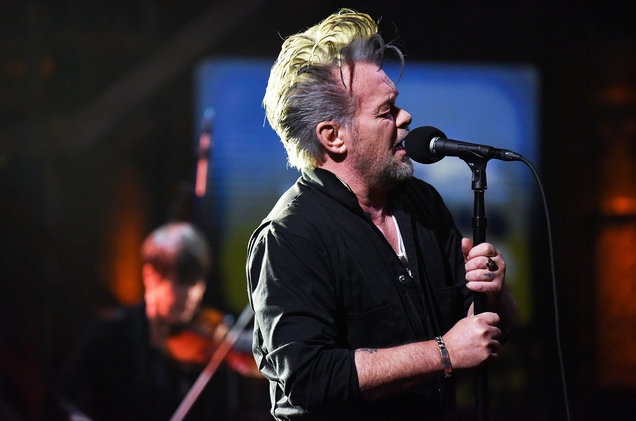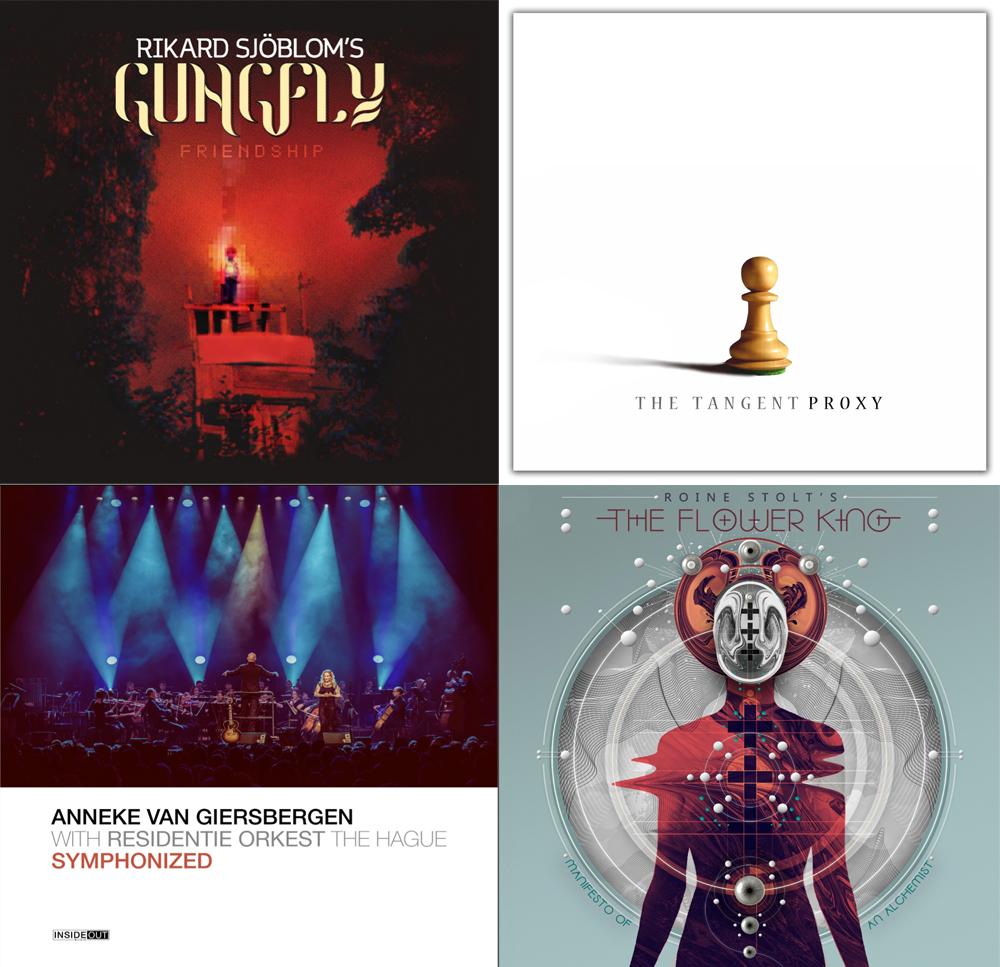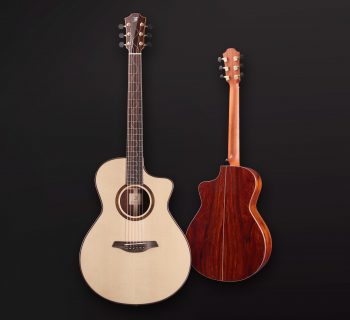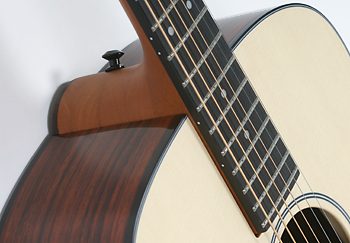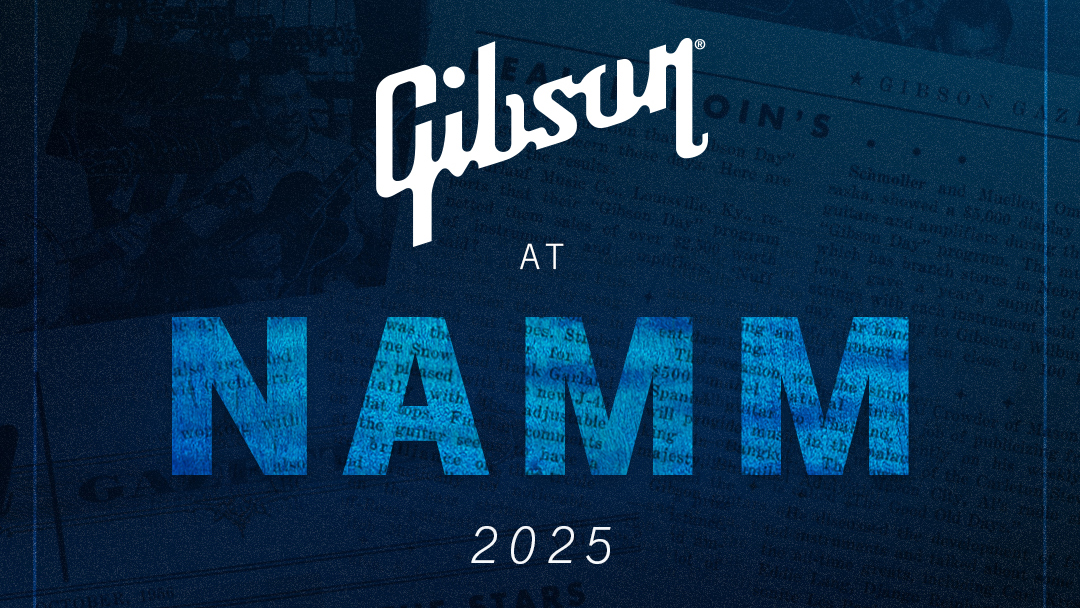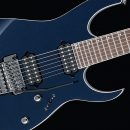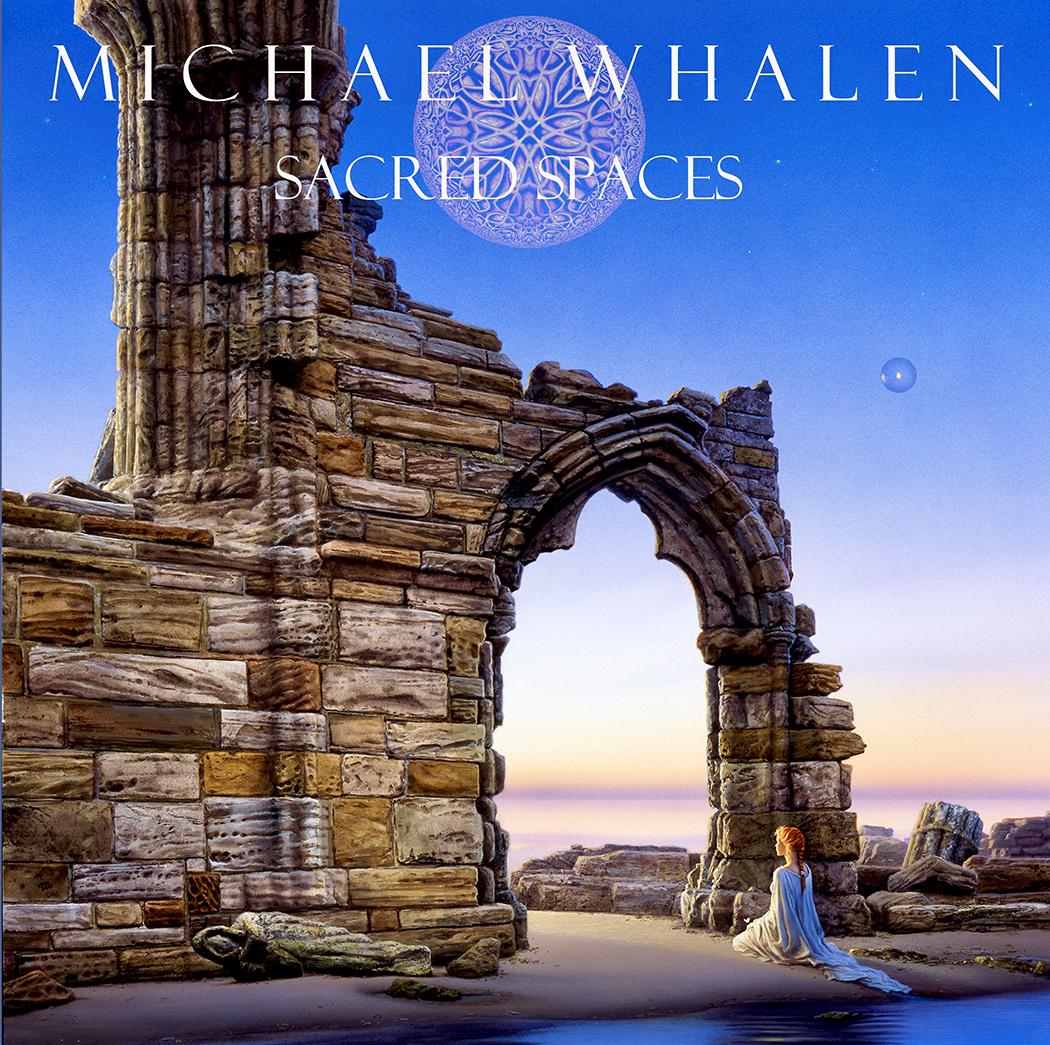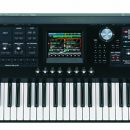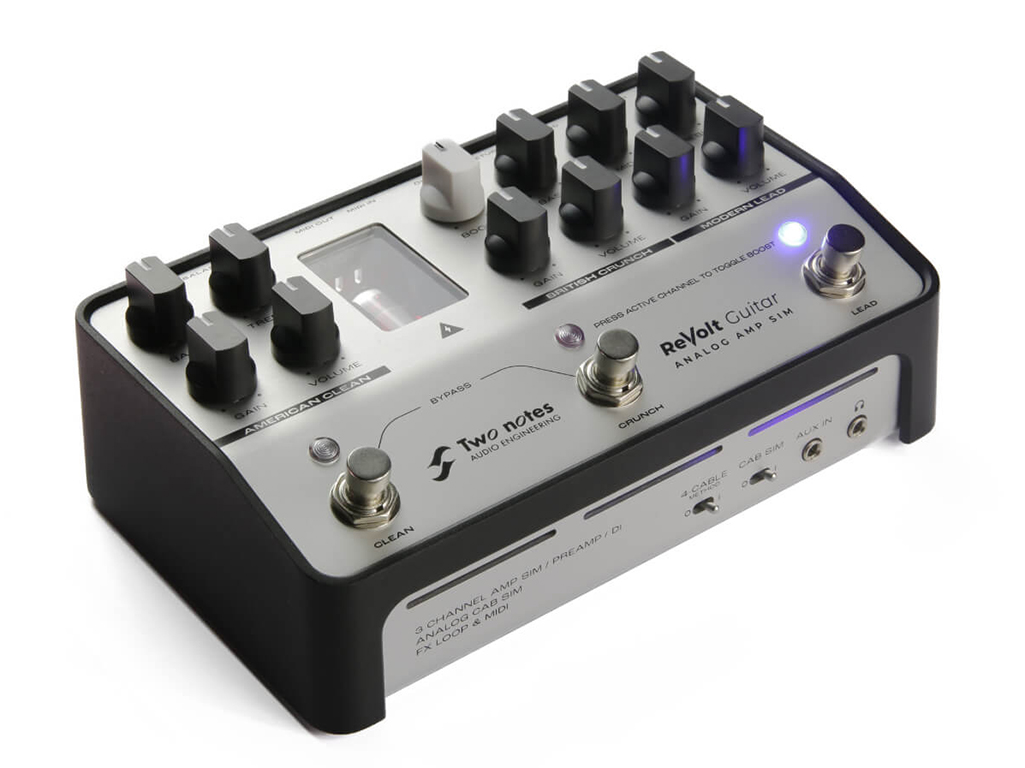Are you the guitar aficionado that has a deep love and appreciation for the art form of guitar woodworking equal to the tone and playability of the instrument?  We’ve all seen unplayable but gorgeous artwork from time to time, built for the display case but not so much for the stage. But when your love of performance and appreciation for fine art come together, playing a premium instrument that contains high-end tone and construction as well as detailed artwork and design bumps that adrenaline rush to the outer stratosphere.
We’ve all seen unplayable but gorgeous artwork from time to time, built for the display case but not so much for the stage. But when your love of performance and appreciation for fine art come together, playing a premium instrument that contains high-end tone and construction as well as detailed artwork and design bumps that adrenaline rush to the outer stratosphere.
The Taylor 900 Series guitars are known to be top-of-the-line from a build and design standpoint, and the new Taylor 914ce is no exception. If you’re a fan of the Taylor 800 Series guitars (we loved the Taylor 816ce Grand Symphony) and enjoy added fine art accoutrements, the 900 Series is sure to please your eyes just as much as your ears.
This year saw some fantastic innovations in the Taylor line, from the contoured top to new internal V-Class bracing that marks a significant change in the internal construction of Taylor guitars. The 914ce manages to deliver innovations that enhance the sound and playability while sacrificing nothing. Well, we might have to sacrifice a few other purchases for a year, because we can’t imagine parting with this stunner. Now where did my wife hide that credit card?
Features
The Taylor 914ce Grand Auditorium acoustic-electric guitar is at top of the class when it comes to aesthetic beauty, craftsmanship, and tonal excellence. Upon first glance, you can’t help but notice the stunning West African Ebony binding with Koa/Paua/Koa purfling outlining the top face of the guitar and sound hole rosette, further complimented by Mother of Pearl inlay in the headstock logo and fretboard position markers down the neck.
The next obvious new feature of the 900 Series guitar is the addition of the beveled armrest. This section of the guitar is crafted from ebony with a high-gloss finish and accented by the ebony binding and Koa/Paua/Koa purfling.
One of the most important updates to the 900 Series acoustic guitars is the newly engineered V-Class bracing. Marking a departure from the Taylor’s classic X-bracing, Andy Powers developed the V-Class bracing, which changes the way the top of the guitar vibrates. In this case, the outcome provides louder sound projection, longer sustaining notes, and better intonation/stability. You’ll find this fantastic innovation in all Grand Auditorium models down to the 300 Series.
Similar to the 800 Series guitars, using only the best tone woods and materials in the factory, the body is comprised of a Sitka Spruce top with Indian Rosewood back and sides. The body measures are 20” in length, 16” in width, and 4 5/8” deep. Our specific review model of the Grand Auditorium came with the Venetian Cutaway body shape giving it a more contemporary look and feel. The Bridge and Bridge Pins are made from West African Ebony with a Mircarta Saddle.
The bolt-on neck of the Taylor 914ce is comprised of 1¾” width Tropical Mahogany with a West African Ebony fretboard adorned with 20 frets and Ascension inlay pattern, satin finish on the back of the neck, West African Ebony truss rod cover, a black graphite nut, and gold Gotoh 510 Tuners with 21:1 ratio.
For electric-acoustic applications, the Taylor 914ce is equipped with the Taylor Expression System 2. Unlike most Piezo pickups being placed under the bridge saddle of a guitar, Taylor’s system locates the Piezo crystals behind the saddle, creating a more natural and less restrictive vibration resulting in a more natural acoustic translation. The control features of the Taylor ES2 are straightforward: Volume, Treble, and Bass, and the redesigned preamp is 25% hotter that the original system, which brings the volume more in line with other pickups, making instrument changes much easier. A phase switch (to help reduce low-end frequency feedback) and battery life indicator LED are accessible through the sound hole of the guitar.
The Taylor ES2 is powered by a nine-volt battery, which is easily accessed through an external battery compartment door located at the endpin of the guitar. And as with other Taylor guitars equipped with onboard electronics, the 914ce includes Taylor’s Fused String Ground feature which can help save you from electric shock should you be unfortunately enough to encounter a poorly grounded (or not at all) PA system.
Our only complaint is that the onboard preamp lacks a built-in tuner. We’ve become so accustomed to acoustic guitars featuring a tuner that we now miss it when it’s gone.
A gold strap button is included at the heel of the guitar neck.
Usability
The Taylor 914ce Grand Auditorium carries on Taylor’s history of building well-crafted and great playing instruments. We find one of the greatest attributes of Taylor guitars to be the consistency of their necks. The action on our 914ce was set just right to provide hours of comfortable playing through the entire neck range, and the satin finish on the back of the neck was equally comfortable. Another effective attribute is the body cutaway on the 914ce, allowing full access to the upper registers of the neck. Acoustics aren’t just for low end chord comping, you know, and Taylor makes it easy to explore the upper reaches
The Taylor 914ce stayed in tune for days at a time—literally! The Gotoh 510 tuners with 21:1 ratio provided smooth adjustment without any slip or binding. Also contributing to consistent tuning and easy string glide are certainly the nut and bridge, made from graphite and micarta. We didn’t experience the string binding you might experience from other composite materials.
The Taylor Expression System 2 was extremely easy to use from a plug-and-play perspective. Connecting the guitar to an amp or mixer can be done easily via a standard quarter-inch instrument cable. However, the new Taylor ES2 will require a DI box in order to convert to XLR connections on stage. Once connected, setting levels was simple via the soft Volume, Treble and Bass controls located on the side of the guitar body close to the neck.
The soft controls each contain a center detent that identifies the middle level for Volume control and the off/flat positions for the Treble and Bass controls. This made it simple to dial in a perfectly neutral setting before making adjustments. The rubberized control knobs were easy to adjust.
An LED indicating battery life is located on the preamp and can be seen through the sound hole of the guitar. Power is activated/deactivated via the insertion or removal of an instrument cable. We played the Taylor for days at a time while recording in the studio without ever reaching the point of a drained battery. Taylor states that a new Duracell 9V battery will provide fifty hours of plugged-in operation. The easy access battery compartment door makes battery changes a breeze – no string removal necessary.
Sound
An acoustic guitar loaded with artistic detail and high-end features such as this, it’s easy to fall in love with the 914ce Grand Auditorium before ever hearing a single note ring from the sound hole. The spectrum of tone was very well balanced from low to mid to high. What really caught our ears was the instrument’s presence and piano string-like sparkle vibrating from the guitar. It was crystal clear and pristine, and was a subtle detail that set this guitar’s tone apart from some other high-end acoustic guitars that we’ve played. The lows were equally round and full without any hint of muddiness. The even, full-bodied sound just bloomed from the guitar with excellent sustain and smooth decay. This is truly a testimony to the new V-Class bracing providing added volume, note sustain, and intonation.
Though the onboard electronics sound very good, they don’t capture all the subtleties of this guitar’s finest acoustic details. But no pickup system is capable of delivering 100% of an acoustic guitar’s tone. Part of what we perceive as an acoustic guitar’s great tone comes from what we hear in front of the instrument — sound projected through the sound hole; not what we might hear inside the guitar. In a live setting, the subtle difference in sound certainly won’t make a difference that anyone would notice — even to you as the performer.
For recording purposes, this guitar wants (or should we say deserves?) great condenser mics in front to capture all of its incredible tone. But we’ll get to that after exploring the electronics further. In testing the Taylor Expression System 2, we first plugged the guitar directly into a Mesa/Boogie Lone Star amplifier. True, it’s not your optimal output device for an acoustic guitar, but we weren’t in our recording studio at the time and we were really curious to hear the guitar plugged in! Plus, our electric guitar-centric readers would probably try this anyway in the absence of owning a good acoustic guitar amplifier.
So, starting out with the worst-case scenario, setting the Volume, Treble and Bass to center detent (neutral) and using our clean channel performed quite well transferring acoustic characteristics, and maintaining the pristine clarity we experienced unplugged. The guitar’s tone controls had only a subtle effect on our sound compared to some other pickup systems we’ve used (including other Taylor guitars such as the T5 Series).
After we got back into our studio, we gave the ES2 a more thorough review. When plugged directly into our recording console, the tone controls had a more noticeable effect, providing a wide range of tonal options. As with most EQ controls, increasing high frequencies too much added some noise.
We also tested the 914ce going through an L.R. Baggs Para Acoustic DI into a PA system. Though certainly not required to achieve excellent tone from the Taylor 914ce Grand Auditorium, the DI provides appropriate, subtle enhancement to the overall tone. We’d never leave it out of the signal chain when plugging any acoustic guitar into a PA system.
Feedback from the onboard electronics was beautifully controlled, as it tends to be with all Taylor models we’ve reviewed. There’s no need for an acoustic sound hole cover. And, the ES2 phase switch provides a great option to notch out some of the low-end frequencies attributed to on-stage feedback.
Usually, a great sounding instrument can fit multiple applications and styles, and this is certainly the case with the Taylor 914ce Grand Auditorium. It has the type of bright, woodsy tone that would fit any genre of music warranting a bright, clean-sounding, acoustic guitar tone. Pop, rock, jazz, country, and folk are all fair game! Similar to the 816ce we reviewed previously, the 914ce packs a very dominant presence, able to cut through a complex mix of instruments adding acoustic timbre and definition combined with the brilliance of a plucked piano string. We wouldn’t pick this instrument if going after the Seattle grunge vibe or the sound of a NYC street performer, but for acoustic guitar with that stellar, pop sheen, you can’t go wrong with the sound of a premium Taylor guitar like the 914ce.
Documentation and Product Support
Our Taylor 914ce Grand Auditorium came with minimal documentation inside the case. The brochure that accompanied the guitar mainly outlined the importance of string type related to tone, care and maintenance, and owner registration. For more detailed information, instruction and support, the guide directed us to the Taylor website to access a full menu of product support including: Contact and Care, Service Centers, Owner Resources, Service Packages, Guitar Care Videos, Learn to Play Videos, Warranty Information and a Blog section.
The information supplied on the website is extremely informative and should be viewed by every acoustic guitar owner, even if you’re not playing a Taylor guitar. These instruments can be very delicate and do require extra care and maintenance to avoid costly repairs or irreversible damage due to improper humidity and temperature control.
Price
Purchasing a high-quality, hand-made instrument is much like buying fine art: the greater the detail and craftsmanship, the more expensive it will be. The Taylor 914ce Grand Auditorium guitar is no exception. It’s not just a great sounding guitar, but undoubtedly one the finest looking, functional works of art you would still want to play on stage every night.
The Taylor 914ce Grand Auditorium sells for $4,999 and includes a brown, deluxe, hard-shell case. For such a premium, hand-made instrument with ornate detail work, it’s priced comparably with the flagship models from other premium builders. However, if it’s beyond your budget, but you still crave the sumptuous tone, Taylor offers a range of models with less intricate artwork that still deliver premium Taylor sound, like many of the 800- and 600 Series instruments we’ve been reviewing and playing for years.
Contact Information
Taylor Guitars
www.taylorguitars.com

